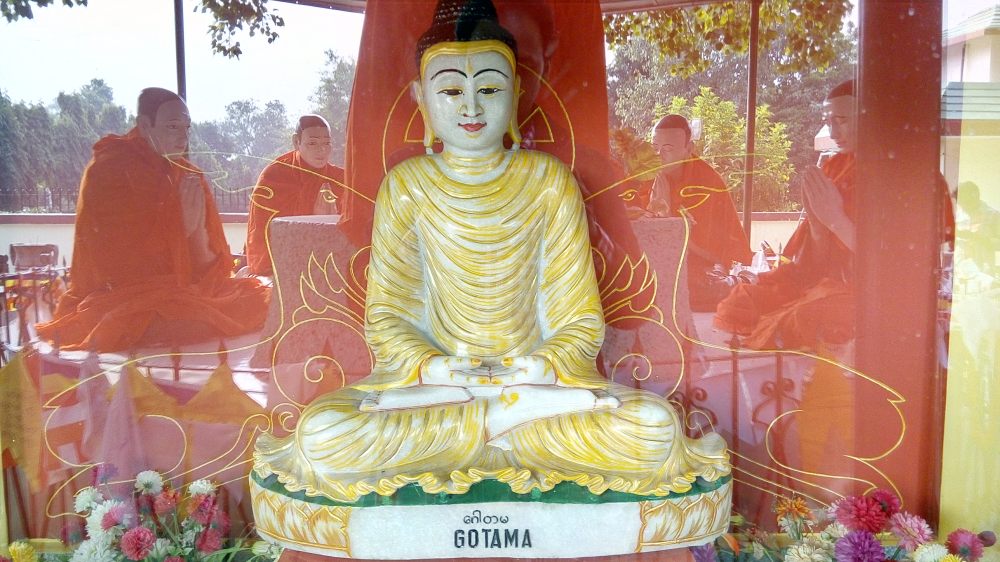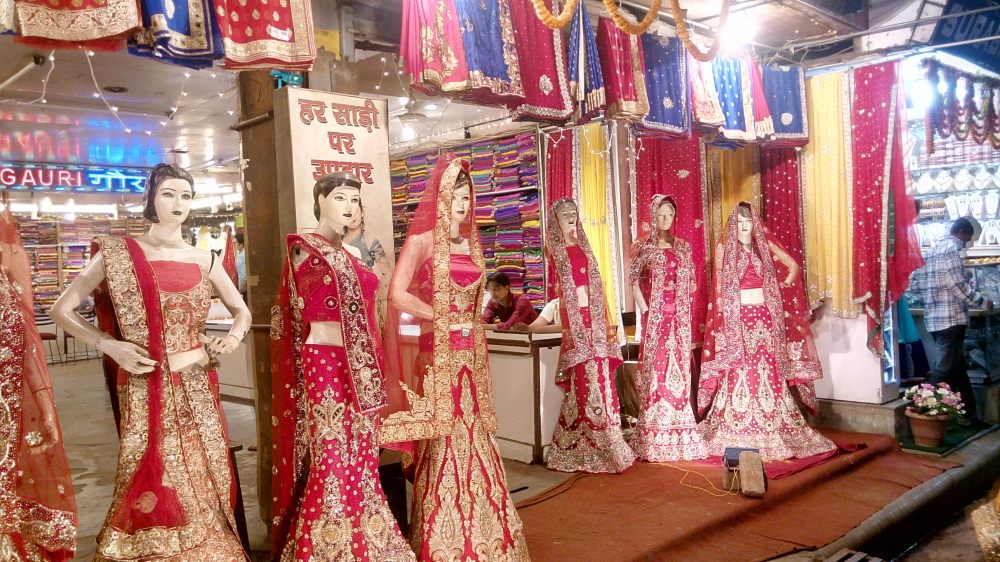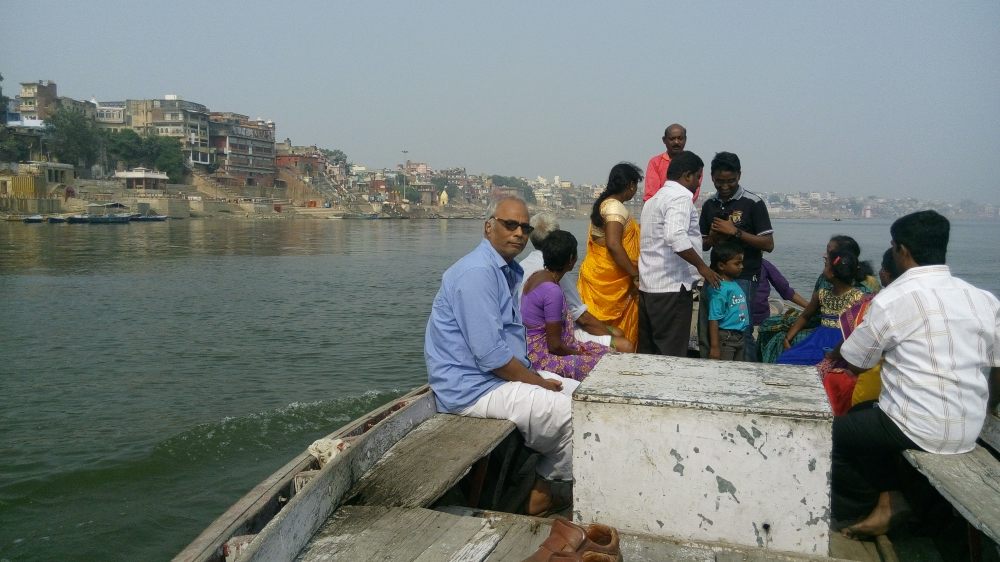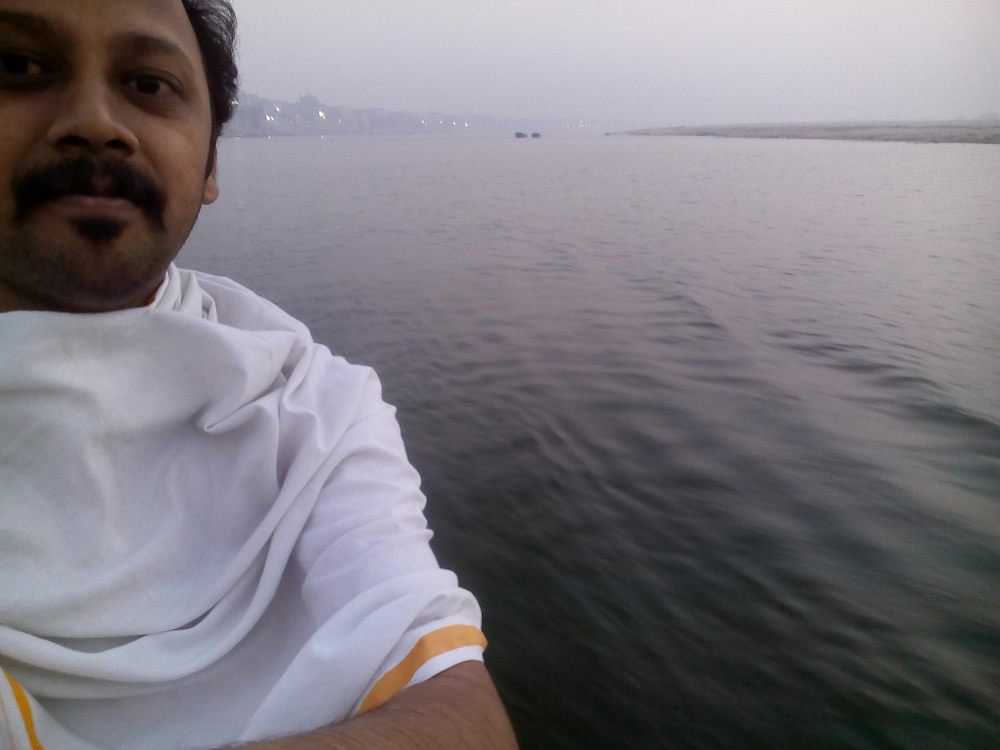VARANASI – Benares, Banaras or Kāśī or Kashi
is a North Indian city on the banks of the Ganges

The name Varanasi possibly originates from the names of the two rivers from north to south. : Varuna, still flowing in Varanasi, and Asi, a small stream near Assi Ghat. The old city is located on the north shores of the Ganges, bounded by its two tributaries: Varuna and Asi. Throughout the ages, Varanasi has been known by many names including Kāśī or Kashi (used by pilgrims dating from Buddha’s days), Kāśikā (Sanskrit: “the shining one”), Avimukta (Sanskrit: “never forsaken” by Shiva), Ānandavana (Sanskrit: the forest of bliss), and Rudravāsa (Sanskrit: the place where Rudra/Śiva resides).
In the Rigveda, an ancient Indian sacred collection of Vedic Sanskrit hymns, the city is referred to as Kāśī or Kashi, the “luminous city as an eminent seat of learning”. The name Kāśī is also mentioned in the Skanda Purana. In one verse, Shiva says, “The three worlds form one city of mine, and Kāśī is my royal palace therein.” The name Kashi may be translated as “City of Light”.
According to legend, Varanasi was founded by the god Shiva.[10] The Pandavas, the heroes of the Hindu epic Mahabharata are also said to have visited the city in search of Shiva to atone for their sin of fratricide and Brāhmanahatya that they had committed during the climactic Kurukshetra War. It is regarded as one of seven holy cities which can provide Moksha; Ayodhyā, Mathurā, Gayā, Kaśī, Kañchi, Avantikā, and Dwārāvatī are the seven cities known as the givers of liberation.
Varanasi (From Varuna Ghat to Assi Ghat, hence the name Varanasi) (Hindustani pronunciation: [ʋaːˈraːɳəsi] ( listen)), also known as Benares,[4] Banaras (Banāras [bəˈnaːrəs] ( listen)), or Kashi (Kāśī [ˈkaːʃi] ( listen)), is a North Indian city on the banks of the Ganges in Uttar Pradesh, India 320 kilometres (200 mi) south-east of the state capital, Lucknow and 121 kilometres (75 mi) east of Allahabad. Varanasi is one of the oldest continuously inhabited cities in the world. The spiritual capital of India, it is the holiest of the seven sacred cities (Sapta Puri) in Hinduism and Jainism, and played an important role in the development of Buddhism. Varanasi lies along National Highway 2, which connects it to Kolkata, Kanpur, Agra, and Delhi, and is served by Varanasi Junction and Lal Bahadur Shastri International Airport.

Varanasi is located at an elevation of 80.71 metres (264.8 ft)[40] in the centre of the Ganges valley of North India, in the Eastern part of the state of Uttar Pradesh, along the left crescent-shaped bank of the Ganges, averaging between 15 metres (50 ft) and 21 metres (70 ft) above the river.[41] The city is the headquarters of Varanasi district. By road, Varanasi is located 797 kilometres (495 mi) south-east of New Delhi, 320 kilometres (200 mi) south-east of Lucknow, 121 kilometres (75 mi) east of Allahabad, and 63 kilometres (39 mi) south of Jaunpur. The “Varanasi Urban Agglomeration” – an agglomeration of seven urban sub-units – covers an area of 112.26 km 2 (approximately 43 mi²). Neighbourhoods of the city include Adampura, Anandbagh, Bachchhaon, Bangali Tola, Bhelpura, Bulanala, Chaitganj, Chaukaghat, Chowk, Dhupchandi, Dumraon, Gandhinagar, Gautam Nagar, Giri Nagar, Gopal Vihar, Guru Nanak Nagar, Jaitpura, Kail Garh, Khanna, Kotwali, Lanka Manduadih, Luxa, Maheshpur, Mahmoorganj, Maulvibagh, Nagwar, Naipokhari, Shivala, Siddhagiribagh, and Sigra.
Being located in the Indo-Gangetic Plains of North India, the land is very fertile because low level floods in the Ganges continually replenish the soil.[citation needed] Varanasi is located between the Ganges confluences with two rivers: the Varuna and the Assi stream. The distance between the two confluences is around 2 miles (4 km), and serves as a sacred journeying route for Hindus, which culminates with a visit to a Sakshi Vinayak Temple.
Varanasi grew as an important industrial centre, famous for its muslin and silk fabrics, perfumes, ivory works, and sculpture. Buddha is believed to have founded Buddhism here around 528 BC when he gave his first sermon, “The Setting in Motion of the Wheel of Dharma”, at nearby Sarnath. The city’s religious importance continued to grow in the 8th century, when Adi Shankara established the worship of Shiva as an official sect of Varanasi. Despite the Muslim rule, Varanasi remained the centre of activity for Hindu intellectuals and theologians during the Middle Ages, which further contributed to its reputation as a cultural centre of religion and education. Goswami Tulsidas wrote his epic poem on Lord Rama’s life called Ram Charit Manas in Varanasi. Several other major figures of the Bhakti movement were born in Varanasi, including Kabir and Ravidas. Guru Nanak Dev visited Varanasi for Shivratri in 1507, a trip that played a large role in the founding of Sikhism.

In the 16th century, Varanasi experienced a cultural revival under the Muslim Mughal emperor Akbar who invested in the city, and built two large temples dedicated to Shiva and Vishnu, though much of modern Varanasi was built during the 18th century, by the Maratha and Bhumihar kings. The kingdom of Benares was given official status by the Mughals in 1737, and continued as a dynasty-governed area until Indian independence in 1947. The city is governed by the Varanasi Nagar Nigam (Municipal Corporation) and is represented in the Parliament of India by the current Prime Minister of India Narendra Modi, who won the Lok Sabha elections in 2014 by a huge margin. Silk weaving, carpets and crafts and tourism employ a significant number of the local population, as do the Diesel Locomotive Works and Bharat Heavy Electricals Limited. Varanasi Hospital was established in 1964.

Varanasi has been a cultural centre of North India for several thousand years, and is closely associated with the Ganges. Hindus believe that death in the city will bring salvation, making it a major centre for pilgrimage. The city is known worldwide for its many ghats, embankments made in steps of stone slabs along the river bank where pilgrims perform ritual ablutions. Of particular note are the Dashashwamedh Ghat, the Panchganga Ghat, the Manikarnika Ghat and the Harishchandra Ghat, the last two being where Hindus cremate their dead. The Ramnagar Fort, near the eastern bank of the Ganges, was built in the 18th century in the Mughal style of architecture with carved balconies, open courtyards, and scenic pavilions. Among the estimated 23,000 temples in Varanasi are Kashi Vishwanath Temple of Shiva, the Sankat Mochan Hanuman Temple, and the Durga Temple. The Kashi Naresh (Maharaja of Kashi) is the chief cultural patron of Varanasi, and an essential part of all religious celebrations. An educational and musical centre, many prominent Indian philosophers, poets, writers, and musicians live or have lived in the city, and it was the place where the Benares Gharana form of Hindustani classical music was developed. One of Asia’s largest residential universities is Banaras Hindu University (BHU). The Hindi-language nationalist newspaper, Aj, was first published in 1920.

Interesting Facts
#1. The holy city, which lies on the banks of the scared River Ganges, is believed to be the oldest living city in the world, which according to the legend is the abode of Lord Shiva and Goddess Parvati. It is believed that the person who breathes his last here is sure to attain salvation.

#2. Varanasi is the city which has countless temples devoted to both Shaivism and Vaishnavism, and both these forms of Hinduism co exist here in harmony. It is also an important center of the Jain religion, as it is the birth place of the twenty third Tirthankara, Parsvanath.

#3. Besides being an important religious city, Varanasi is also a major center of learning and culture. The Banaras Hindu University in the city is the largest university in Asia.
#4. Additionally, Varanasi is associated with the origin of the ancient holistic healing sciences of Ayurveda and Yoga. The founder of these sciences, Maharishi Patanjali, has strong connections with the city of Varanasi.
#5. Besides being world famous for its religious and cultural significance, the city is also recognized as a center of trade and commerce since ancient times, dealing in commodities such as silver and gold brocades and the widely popular, Banarasi silks.

#6. Another interesting fact about Varanasi is that it is home to several literary geniuses such as Munshi Prem Chand and Tulsi Das, who penned down the great epic Ram Charit Manas.
#7. The city is also the birth place of celebrated artists, musicians and dancers, including the acclaimed sitar player, Ravi Shankar and the shehnai maestro Ustad Bismillah Khan.
#8. Varanasi is the living symbol of the Hindu renaissance, being home to its culture, knowledge, devotion, art and philosophy.
#9. It has been used as a location of shooting of countless films, both from India and across the borders, in addition to being the venue of numerous television serial and travel shows.

#10. A very strange and unbelievable custom practiced in the city of Varanasi is that of frog marriage, which is carried out in the rainy season at the Ashwamedh Ghat. The priest performs the ritual of wedding a couple of frogs and they are then left into the river.

All these interesting facts about the city are responsible for increasing the attraction value of the city for Indian and global travelers. It is believed that the ancient city has been a chief center of civilization for the past 3000 years.
